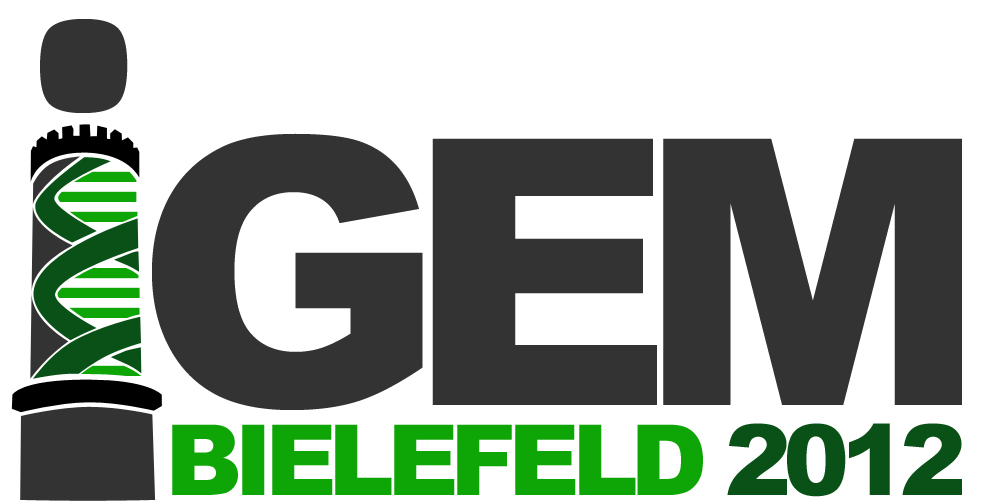Team:Bielefeld-Germany
From 2012.igem.org
KevinJarosch (Talk | contribs) |
KevinJarosch (Talk | contribs) |
||
| Line 3: | Line 3: | ||
<html> | <html> | ||
| + | <div id ="rightcube"> | ||
| + | <h1> Our Project</h1> | ||
| - | < | + | <p><font size=3 align=justify> |
| + | Municipal and industrial wastewaters contain a variety of pollutants, such as estrogens and xeno-estrogens, which can cause severe disorders in humans and animals. Effects of exposure may range from reduced fertility and feminization of males in animals to increased risks of cancer and osteoporosis in humans. Sewage and wastewater treatment plants can only provide a partial treatment for such pollutants. </font></p> | ||
| - | + | <p><font size=3 align=justify>Bielefeld’s 2012 iGEM Team aims to develop a filter system using immobilized laccases to reduce the levels of estrogens and other pollutants in wastewater. Moreover, this system should be extended to further possibilities for industrial use, such as in paper and textile industries, or even for bioremediation of contaminated soil. By using synthetic biology methods, different laccases could be standardized and cheaply tested and produced. </font></p> | |
| - | + | ||
| - | <p><font align=justify> | + | |
| - | + | ||
| - | Bielefeld’s 2012 iGEM Team aims to develop a filter system using immobilized laccases to reduce the levels of estrogens and other pollutants in wastewater. Moreover, this system should be extended to further possibilities for industrial use, such as in paper and textile industries, or even for bioremediation of contaminated soil. By using synthetic biology methods, different laccases could be standardized and cheaply tested and produced. </font></p> | + | |
| Line 49: | Line 48: | ||
</html> | </html> | ||
| - | |||
| - | |||
| - | |||
| - | |||
| - | |||
| - | |||
| - | |||
| - | |||
| - | |||
| - | |||
<!--- The Mission, Experiments ---> | <!--- The Mission, Experiments ---> | ||
Revision as of 22:53, 22 June 2012
Our Project
Municipal and industrial wastewaters contain a variety of pollutants, such as estrogens and xeno-estrogens, which can cause severe disorders in humans and animals. Effects of exposure may range from reduced fertility and feminization of males in animals to increased risks of cancer and osteoporosis in humans. Sewage and wastewater treatment plants can only provide a partial treatment for such pollutants.
Bielefeld’s 2012 iGEM Team aims to develop a filter system using immobilized laccases to reduce the levels of estrogens and other pollutants in wastewater. Moreover, this system should be extended to further possibilities for industrial use, such as in paper and textile industries, or even for bioremediation of contaminated soil. By using synthetic biology methods, different laccases could be standardized and cheaply tested and produced.
Introducing the iGEM Team Bielefeld 2012
| Home | Team | Official Team Profile | Project | Parts Submitted to the Registry | Modeling | Notebook | Safety | Attributions |
|---|
 "
"
